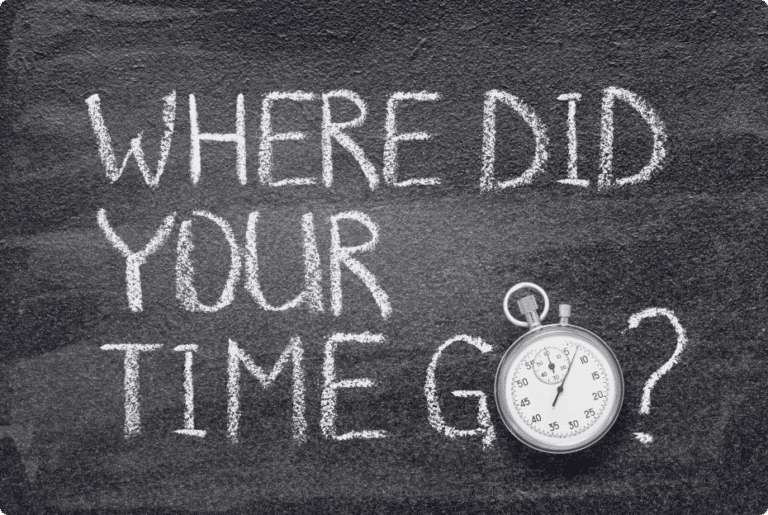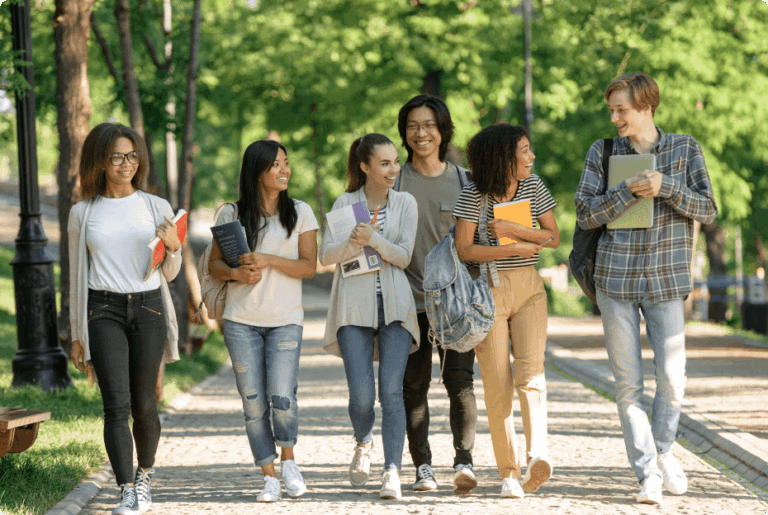
By Maria Romaszkan
Clinically reviewed by Dr. Gayle Jensen-Savoie
Grounding techniques help you regain calm when you’re experiencing emotional dysregulation. Emotional dysregulation happens when you feel overwhelmed, overstimulated, experience difficult emotions or even have a panic attack.
People with ADHD, autism spectrum disorder, anxiety disorders or trauma survivors may find this blogpost especially useful, as they’re more likely to grapple with emotional dysregulation. However, everyone needs help recentering themselves from time to time — and it’s good to be prepared.
How to tell if you need grounding?
Each person’s experience differs, of course, but there are some common symptoms of dysregulation. They include:
- Breathing problems, shortness of breath
- Sudden irritability or mood swings
- Feeling overwhelmed by emotions
- Difficulty with concentration, mind going blank
- Dizziness
- Body seizing up, pulse spiking
You can feel the urge to drink alcohol, hit something or even self-harm. These are unhealthy coping mechanisms, and they may be the first thing that pops into your mind when you feel dysregulated. As difficult as it can be at first, try to use one of the techniques below instead.
Grounding techniques you can use anytime
With enough time and self-reflection, you can learn your triggers — things and situations that cause this emotional dysregulation. “For me, the best grounding technique is … questioning our thoughts and spotting the ones causing us to have emotional reactions,” says Leanne Maskell, an ADHD coach and the author of ADHD an A-Z: Figuring it Out Step by Step.
However, it’s not possible to always avoid stressful or upsetting situations. What can you do when you do need grounding?
Breathwork techniques
The basics
One of the easiest breathing techniques you can use anytime is to focus on exhaling longer than you’re inhaling. That’s it!
It can come in handy during a panic attack when you can’t recall other techniques. In this situation, your priority is to regulate your breathing and get that oxygen into your lungs.
Box breathing
The name comes from the using the same length of time to inhale, exhale and pause, often visualized as a box. To try this technique, inhale, hold your breath, exhale, and pause again, all on the count of four.
Breath and visualize
Dr. Erica Bowen, leadership coach and psychologist, says she combines “visualizing a ‘safe place’ … and doing recovery breathing at the same time — taking in a deep breath, and then counting slowly to 10 as I exhale. Repeat until I feel centered and grounded.”
Your “safe space” can be anything you want: an actual place or an imaginary one. You can be alone or surrounded by those who make you feel safe and supported.
Physical techniques
The 5-4-3-2-1 technique
One of the most popular grounding techniques encourages you to engage all your senses to anchor yourself in reality.
Describe:
- Five things you can see
- Four things you can touch
- Three things you can hear
- Two things you can smell
- One thing you can taste
Focus on one of your senses
Instead of engaging all your senses, try focusing on just one. Touch something and feel its texture, shape, and even temperature.
Some people also use strong, sharp scents like peppermint. It can be essential oil or a pack of mints. You can always pop one into your mouth and focus on the taste.
Move your body
If you have time and space, try to shake it out, stretch, do some jumping jacks or run in place.
Even when you’re sitting or lying down, you can stretch a bit, do a body scan or perform progressive muscle relaxation.
Tapping
The Emotional Freedom Technique, or EFT, includes rhythmic tapping of your body in specific places. It’s a great way to focus on your body and breathing to ground yourself in reality.
“This is a very powerful tool I teach most of my clients to help them manage and control anxiety anytime,” says Bhavna Raithatha, life coach, speaker and psychotherapist. “It is also excellent for releasing trauma.”
Havening technique
Casey Forster, psychotherapist, stress relief expert and a mom to a 7-year-old son with ADHD, recommends the havening technique, which you can do with a partner or alone. It involves touching your upper body, breathing, talking, counting and visualization to ground yourself.
“I gently stroke both his arms from the shoulder to his fingertips repeatedly whilst saying ‘I love you. You are wonderful, beautiful and amazing, I love you,'” Forster says of how she uses the technique with her son. ” I keep repeating these words and get him to breathe. He stands still when standing still is normally impossible for him. It gives him a moment to reset.” Forster adds: “He loves [it] and asks me, ‘Can you calm me, please, mummy.’ It’s great for everyone and promotes self-love and self-belief.”
To do the havening technique alone, cross your arms as if you’re hugging yourself and rub your arms up and down.
Thor’s hammer
If you have space available, you can try this technique that combines moving your body and breathwork. Stand in a wide stance for stability. While inhaling, raise your arms above your head — you can imagine holding a hammer — and then bring them down between your legs on the exhale. Inhale going up and repeat.
“This (technique) is fantastic for everyone,” says Raithatha, though she cautions: “Be careful if you have a delicate back.”
Mental techniques
Use an anchoring phrase
Describing who and where you are, what time it is and what is happening causes you to concentrate on what is real.
An example of an anchoring phrase you can use is: “I’m (your name). I’m in the office/class. Today is (the date) and it’s (the current time). I live in/at/on (address) and I’m (occupation). I’m sitting next to my colleague/classmate (name).”
Repeat affirmations
Just like the anchor phrase, you can prepare affirmations in advance. They don’t have to be complicated. Here are some examples:
- I am safe.
- I am here, grounded and supported.
- My mind and heart are at rest.
- With each inhale, I’m drawing strength and calm into myself.
Describe your environment
Describe what’s happening around you. If it’s easier, you can imagine you’re telling a story to someone.
It can also mean looking for particular objects or beings — like street lamps or pigeons — or identifying and counting colors.
Write it down
You can try to put your feelings and thoughts into words. Writing — or better yet, a regular journaling practice — has many health benefits, from lowering stress to improving your ability to focus.
“Single-focus techniques such as writing or drawing bring the attention back to the center,” says Raithatha. “This does take practice to actually focus, but it can be incredibly calming.”
Sources:
Medical News Today: What is ETF Tapping?
Medical News Today: Having Technique
Advances in Psychiatric Treatment: Emotional and physical health benefits of expressive writing





